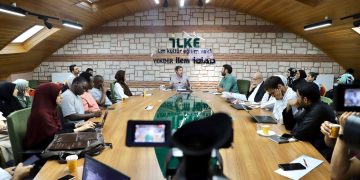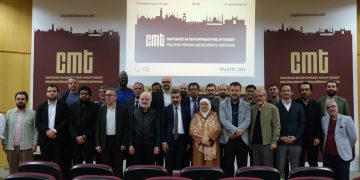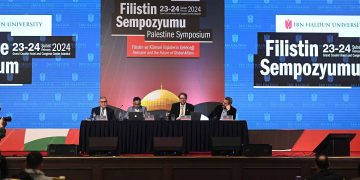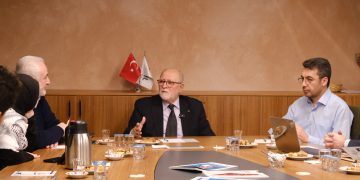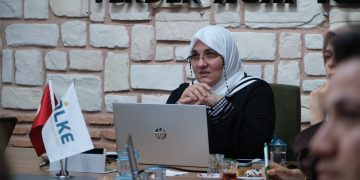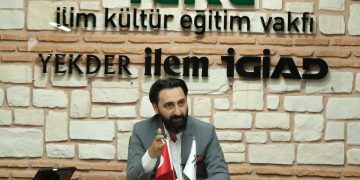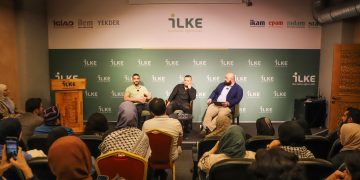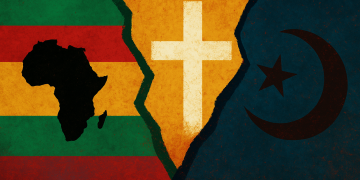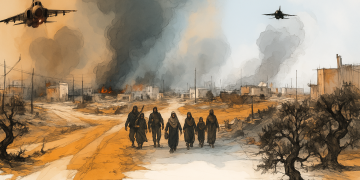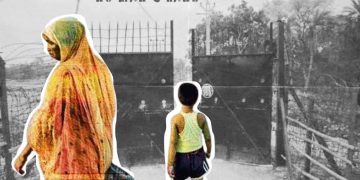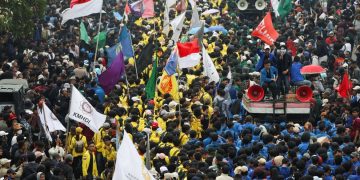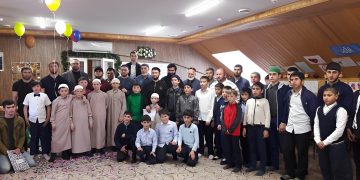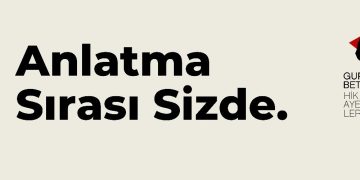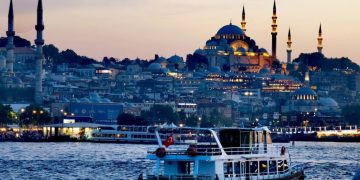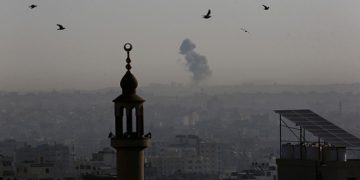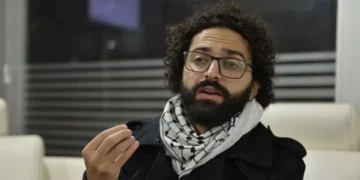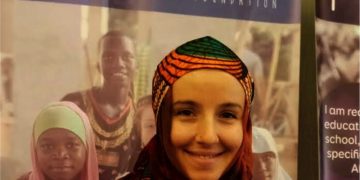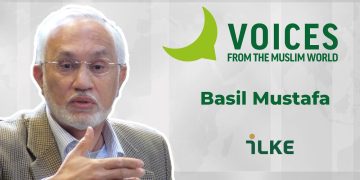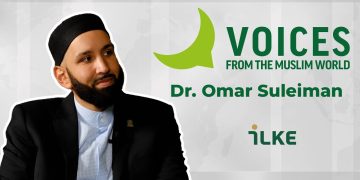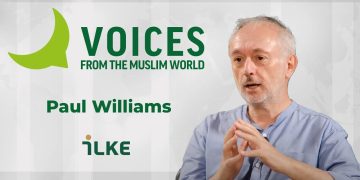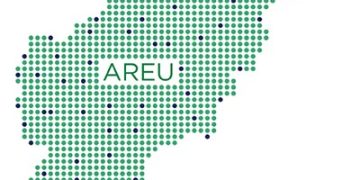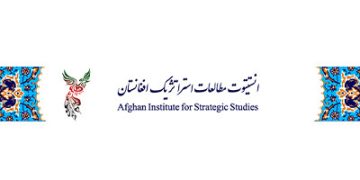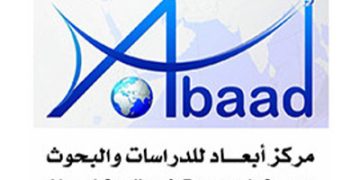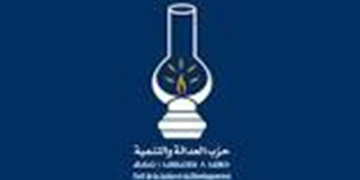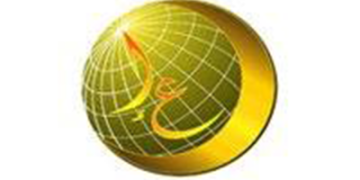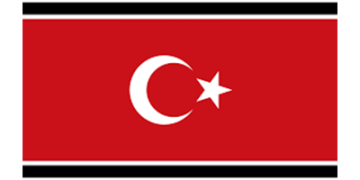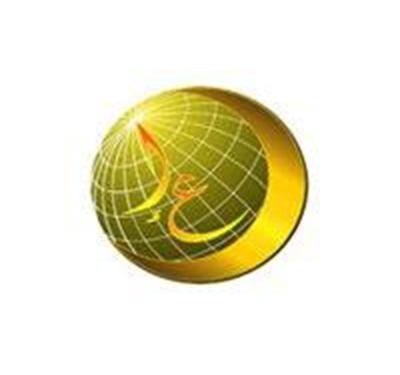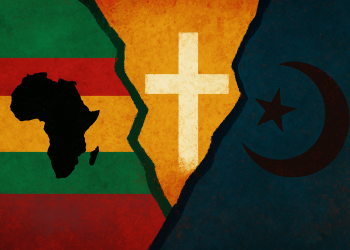It is known as the movement with the largest number of members in Morocco (200,000). Imam Abdussalam Yasin (1928-2012) started the movement in 1981. Yasin studied under Haj Abbas al Bucishi, one of the Qadiri sheikhs in Morocco (Civilization Foundation, n.d.). Yasin’s main goal is to serve the faith and Islam directly. In this respect, the movement defines itself as an dawah movement (Er, 2019, p. 445). Imam Yasin opposed the use of violence, but at the same time criticized the Moroccan politics that saw a separation between religion and state. He advocates innovation in Islamic thought and adopts the Prophetic method and the re-establishment of the ummah’s potential for faith, knowledge, and jihad (Medeniyet Vakfı, n.d.). They advocate the people’s election of their own leaders, an order based on justice and charity, and Islamic democracy (McManus, 2012).
The movement opposes external funding (from the Muslim Brotherhood), corruption and violence, and advocates transparency in decision-making (McManus, 2012). Imam Yasin’s Mosque talks resulted in the establishment of a movement called the “Jamaat Family” in 1981. The movement also tried to reach out to the people by publishing the newspapers Al-Jammat, Es Subh and Al Hitab in 1979. It is noteworthy that the Jamaat Family was founded in 1981, right after the Iranian revolution. It is known that Yasin was sentenced to imprisonment and imprisoned for many years after writing “words and deeds”. In 1982, the name of the Jamaat Family was changed in order to establish an association, but legal permission was not granted. In 1983, it was transformed into the “Charity Community” and in 1987, the Justice and Ihsan Society was established as a last attempt (Gzt, 2021).
Imam Yasin created the name of the organization with reference to the concepts of justice and ihsan in the 90th verse of Surah Nahl (Er, 2019, p. 450). The purpose of the Justice and Ihsan Society can be classified into three categories: education, system and conquest (p.451). In terms of education and system, the movement adopts the Shari’a and does not follow any traditional religious school and adopts a Quran-based approach (McManus, 2012). While adopting the period of the four caliphs, it advocates not to ignore the renewed understanding of Islam, and this renewed understanding of Islam is one of the issues that Yasin also touches upon. What is meant by conquest is to support a social uprising against the Moroccan regime, similar to the Khomeini revolution in Iran. In order for such civil disobedience to occur, Imam Abdussalam Yassin emphasizes four themes and underlines the need for their realization. These are a high level of consciousness, popular mobilization, Islamic awakening and a clearly expressed social discontent. Despite references to the Iranian Revolution, the organization’s main goal is not revolution but revival. Although the Justice and Ihsan Society does not directly participate in politics, many of its members are active on the political scene.
Morocco’s political structure makes it unlikely for any Islamic movement to emerge as an alternative to the regime. For this reason, the Justice and Ihsan Movement is currently followed by a small group as an organization of spiritual purity and good morals. Its political relations with one of the other movements in Morocco, the PJD (Party for Justice and Development), were initially neither conciliatory nor confrontational. The movement supported the February 20th protests in Morocco, a socially based movement (McManus, 2012). After these protests, the PJD came to power and the movement chose to distance itself from the PJD (McManus, 2012). The movement can also be in contact with institutions in Turkey. For example, Dr. Omer Emkasu and Abdussamed Rida, Press Advisor of the Justice and Ihsan Jamaat, presented at the conference “Islamic Movement in Morocco – The Justice and Ihsan Jamaat Model” at the Civilization Foundation. The International Center for Scientific and Educational Studies and the European Institute of Islamic Studies, with the participation of the Foundation for Research in Islamic Studies, organized its first conference on December 1 and 2, 2012, in which Yassine’s spiritual ideas were discussed (Yassine Conferences, n.d.)
References
Er, N. (2019). Fas’ ta İslami Hareketler (1975-2010). Darulfunun ilahiyat, 30(2), 433-455. https://cdn.istanbul.edu.tr/file/JTA6CLJ8T5/57C8BB003E2F490FA0AB8B878C5D86F1
Adalet ve İhsan Cemaati. (2021, May 31).GZT. https://www.gzt.com/mecra/adalet-ve-ihsan-cemaati-3367061 adresinden erişildi. McManus, A.L. (2012, December 16).
Politics after Abdessalam Yassine. Jadaliyya https://www.jadaliyya.com/Details/27625
Fas’ta İslami Hareket. (n.d..). Medeniyet Vakfı . http://www.medeniyetvakfi.org/vakif/ana-sayfa/guencel-haberler/fas-ta-islami-hareket-adalet-ve-ihsan-cemaati-modeli
Yassine Conferences (n.d.). https://yassineconferences.net/quran-conf/tr/index/dates.shtml

